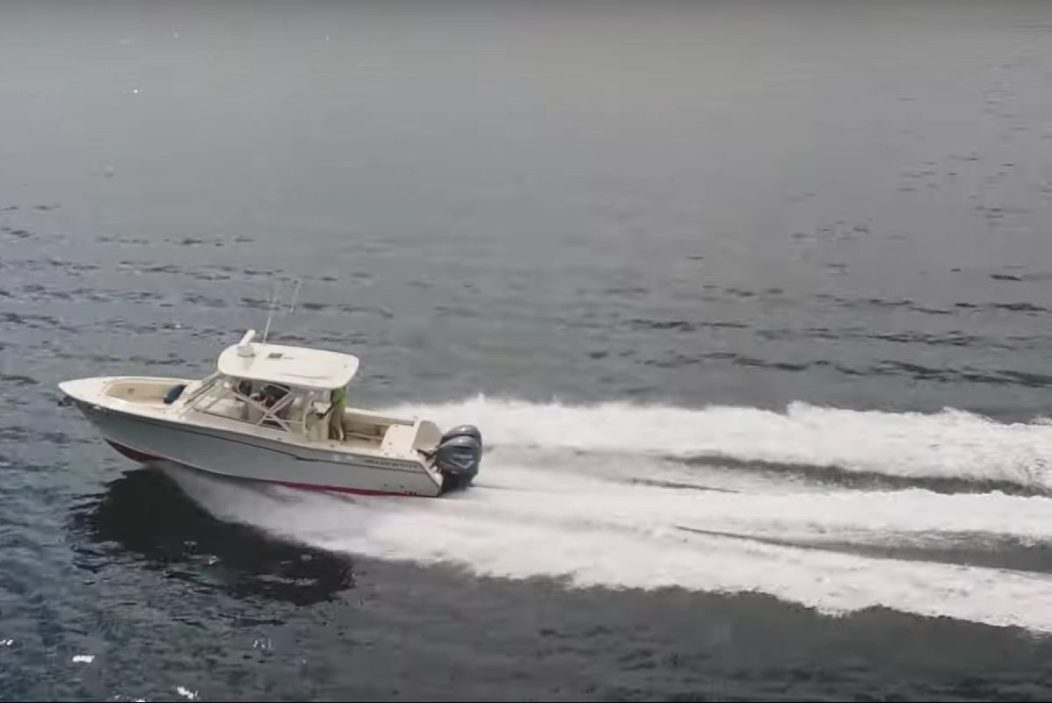Summertime is here, and for boat owners, that means it's once again the perfect time for some water activities. Chances are, if you've ever spent any time around boaters, you've likely heard them talking about getting the boat up on plane, but have you ever wondered exactly what that means?
This is some useful information to know, especially if you're planning on being in control of that vessel. Essentially, what this is referring to is the boat's ability to glide along the top of the water at high speeds. While stationary, the boat's weight is held up entirely by static buoyancy of the water. A large portion of the boat hull will be submerged into the water, but as the boat speed increases, it creates a hydrodynamic lift, which decreases the amount of hull area in contact with the water. As the boat begins planing, there will be less drag on the vessel, allowing you to go faster.
With outboard motor boats in particular, there are a number of different factors that will effect how well a boat gets on plane. Below, we'll go over the entire process of how to go from stationary to lower speeds to full speed with your boat on plane.
How to Get a Boat on Plane
The first thing to take note of would be the location of the passengers. Having all your passengers on one side of the boat will cause it to ride unlevel. Instead, make sure all the occupants are spread throughout the different areas. A boat plane may even be impossible unless the weight distribution is even.
It's always most ideal to be in still water with little wind when practicing this boating technique for the first time. When you're ready to get moving, ensure that the engine is trimmed in entirely toward the transom. Once you're trimmed in, get a good look at what's in front of you, and gradually begin to apply the throttle.
During the take off, you'll realize that the bow of the boat will begin to rise. Since the view in front of the boat will be blocked for a few seconds, this is why it's important to watch what's in front of you. Eventually as you transition from lower speeds to higher speeds, the bow will fall back down as the boat gets up on plane. Once the front comes down, keep the throttle position where it's at, but begin to trim the engines back out away from the transom. You'll feel that the boat increases speed even more, even though the engine RPM is staying the same. You'll want to stop trimming out once you feel the boat flatline in speed. The trimming helps get the bow of the boat to the perfect level to decrease the most amount of drag on the water. You can also utilize the power trim tabs to help keep the boat level if it is equipped with them.
Now here's the thing: Every boat is a little bit different from the next. Having a lightweight boat or an engine with enough horsepower is key to getting the boat on plane. On top of just having enough power, learning the proper trim placement is also key. On most occasions, you'll want to get the engine trimmed out as high as possible without the prop coming out of the water. Also, if your boat begins porpoising or you notice the bow rise and fall continually for no apparent reason, you can trim in to help fix the issue.
One of the easier tips to follow would be to listen to the engine noise. The sound of the exhaust will get louder if you end up adding too much trim, so just trim it back in slightly. With a little practice, you'll find out exactly how much to add in order to maximize your speed on the water.
